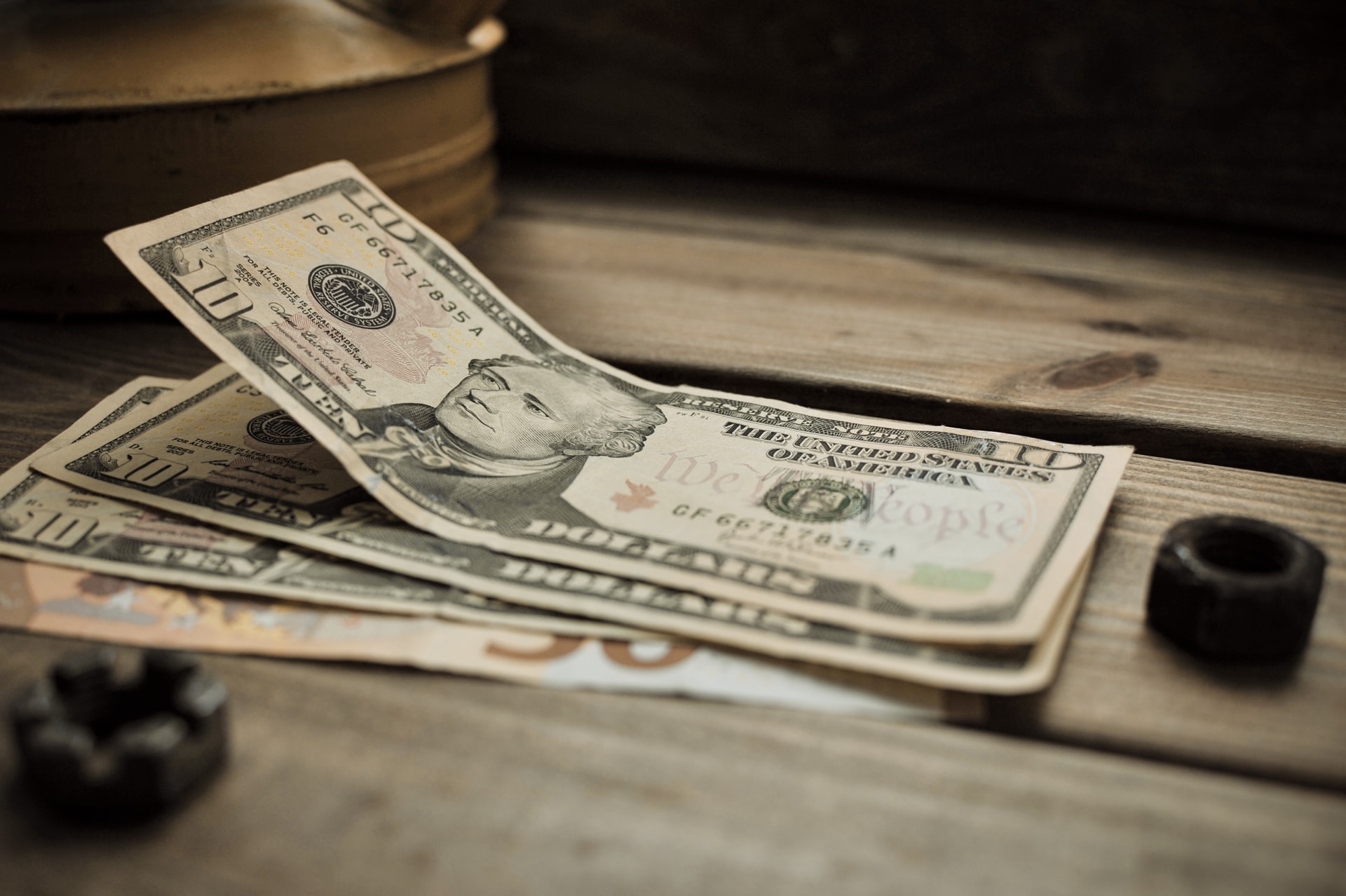There are times when you need quick access to cash to cover an unplanned emergency or pay for a wedding. Or perhaps you must suddenly attend a family funeral requiring air travel and accommodation. It’s at these times and others that a line of credit can come in handy. But how does a credit line work? Keep reading and discover what you need to know.
What Is a Credit Line?
A simple way to understand how a credit line works is to compare it to the credit cards you are probably already using. A line of credit is a convenient way to borrow money when you need it without paying interest on the full amount you’re approved to borrow. Rather, you pay interest only on the amount you use and pay back. Individuals and businesses can access credit lines from banks, credit unions and other lenders.
How Does a Credit Line Work?
Here’s how a credit line works. You get approved by the lender up to a certain credit limit, and you can use those funds at your discretion, pay them back and use them again until the term of the line of credit ends. After that, the lender sets the interest rate, repayment amount, and other rules. Some lenders charge a fee for the convenience of having a line of credit, either monthly or annually, whether you use the LOC or not. You may need to show proof of income and have a good credit score to qualify for a line of credit. Be aware that your credit score could be negatively affected if you use more than about 30% of your line of credit at a time.
Unsecured vs. Secured Credit Lines
The difference between secured and unsecured lines of credit is whether collateral is required to get the loan. Most lines of credit are unsecured, so you do not need to offer collateral as a type of guarantee that you will make payments. Collateral is an asset the lender can claim if you don’t may payments. For example, you might offer your car, home, valuable jewelry, real estate or other personal property as collateral. Unsecured LOCs require borrowers to have good credit due to the higher risk. One example of a secured LOC is a home equity line of credit or HELOC. That loan is secured by the equity in your home. Lenders and borrowers alike prefer secured LOCs because there is a higher maximum credit limit, lower interest rates and property the lender can claim if the borrower defaults.
Revolving vs. Non-Revolving Credit Lines
You know if your line of credit is revolving vs. non-revolving if you can use the money again once it is repaid. With a revolving account, you spend, repay and spend again in a cycle that only ends when the term of your LOC ends. Non-revolving lines of credit function are almost the same way. However, once you pay off the non-revolving LOC in full, the account is closed and can’t be used again.
Is A Credit Line Right for You?
A credit line may be right for you if you’re looking for a flexible way to access cash when you need it. For example, some borrowers don’t want or need a lump sum from a bank loan. You also may not need an installment loan, like a car loan or home mortgage, where you make monthly payments for the entire term of the loan. To decide whether a credit line is right for you, ask yourself how you plan to use the money and then explore the options until you find a line of credit you can qualify for.
Types Of Credit Lines
There are many types of credit lines, each with unique features specific to the type of borrower. For example, you wouldn’t use a HELOC if you don’t own a home or other property. Also, business owners probably want to use a business line of credit to keep their personal finances separate from their business.
Credit Card
Credit cards are so common you probably know how they work. You apply for a credit card with an issuing bank and get approved up to a certain credit limit. If your credit score is satisfactory, you can prove employment and other factors. There are some key differences that set credit cards apart from a line of credit. For starters, there is a grace period between the time you use your credit card and when the bill is due. No interest is incurred during that time if you pay the balance in full on the due date. However, credit card interest rates are usually much higher than a line of credit because they are always unsecured credit. In addition, with credit cards, you might earn reward points, airline miles or cash-back offers for using credit cards. These incentives may tempt you to spend too much on your credit card, but be careful not to max out your cards, so you owe too much money that you can’t afford to use those airline miles.
Personal Lines of Credit
Personal lines of credit work like a credit card in that you borrow and repay the money and borrow it again. For that convenience, you pay a fee and interest on the amount you use. That’s what sets a line of credit apart from other types of bank loans. You only pay interest for the amount you use vs. the lump sum of a loan. You may need to offer collateral, depending on if the line of credit is secured or unsecured. To get a line of credit, you will need to show proof of employment or other income and have a good credit score unless you are using an online lender that specializes in a new type of line of credit linked to your checking account.
Home Equity Line of Credit (HELOC)
If you own a house, you might consider a home equity line of credit or HELOC. Since it is secured by the market value of the home, a HELOC is a secured line of credit. The credit limit on a HELOC is calculated by subtracting the balance owed on your mortgage from 75% or 80% of the market value of the home. To complete the application process, you will need to pay closing costs, which include an appraisal to determine the value of the home. There is a set period of time, usually about 10 years, during which you can draw the available funds, repay them and borrow them again.
Business Line of Credit
Similar to a personal line of credit, a business line of credit gives businesses the flexibility to spend and pay back their LOC on an as-needed basis. The lender will consider the profitability and revenue of a business when determining an approved line of the credit limit. The line of credit can be secured or unsecured – with collateral or without. Many small business owners use their personal credit score to qualify for a business line of credit if they have not been in business long enough to have a business credit history.
Demand Line of Credit
With a demand line of credit, the lender can require the borrower to repay the full amount borrowed at any time. A demand line of credit is not used very often, and it can be either secured or unsecured.
Securities-Backed Line of Credit (SBLOC)
The collateral in a securities-backed line of credit, or SBLOC, are securities the borrower owns. Think stocks, bonds, and mutual funds. The SBLOC borrower can use the line of credit to buy just about anything other than more securities. During the draw period, the borrower makes regular interest-only payments until the loan is repaid, unless the market experiences a downturn, in which case the lender or brokerage firm may require immediate repayment.
Benefits of Getting a Credit Line
There are benefits to getting a credit line, the first being that you only borrow the money you need. That means you will only pay interest on the funds that you borrow. A line of credit is flexible in that you have constant access to the money, either for short-term cash needs or long-term projects where you aren’t sure what the final costs will be. The interest rate on a line of credit is lower on average than with credit cards. You probably won’t need to offer collateral in exchange for a line of credit. Finally, you can find lenders that won’t consider your credit score when offering a line of credit or report your application for a line of credit to the credit bureaus.
Are There Drawbacks to Getting a Credit Line?
As with most financial decisions, there can be drawbacks to getting a credit line. Fees and interest rates vary greatly, and you could pay annual or monthly fees even if you aren’t using your line of credit. Another downside to a line of credit is that if interest rates go up due to national economic indicators beyond your control, you can also expect the variable interest rate of your line of credit to increase. Depending on the lender, you may not qualify for a line of credit if you have a bad credit score. The lender may require that you have an account at their bank, credit union or other financial institution as well. Furthermore, constant access to a line of credit may tempt some consumers to spend more money than they can afford.







